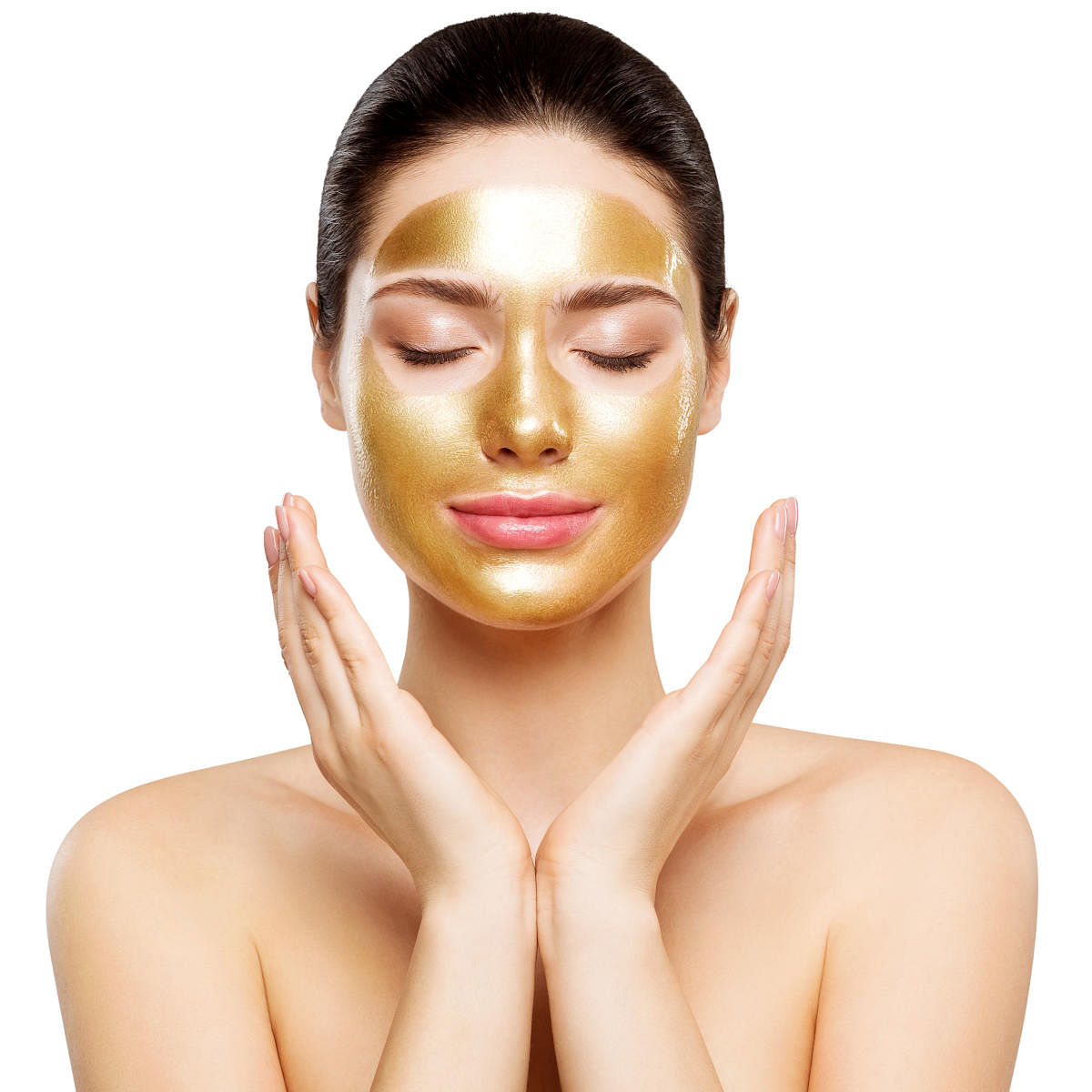
When was the last time you peered into a mirror and weren’t too happy with what you saw? Truth be told, your hydration game could be on point and your daily skincare routine could be top notch on the reg. But, if you’ve crossed 25 years of age, your skin — the largest organ in your body — needs some extra TLC. A good facial will instantly pump life into your skin, which easing out other skin issues. But, how does one zero in on the ideal facial type and procedure? Here are some suggestions from experts.
Telling signs
Are there tell-tale signs to get a facial?: From dry bits in certain areas to lack of glow and acute white and blackheads, it turns out that pretty much like red flags in relationships, there are ways to tell if your skin needs a facial. “If certain areas like around the mouth, forehead and eyes start looking more pigmented or wrinkled, and overall the skin in its natural state feels rough to touch, it’s a clear sign to head for a facial session,” avers Dr Chytra V Anand, CEO & consultant cosmetic dermatologist, Kosmoderma Clinics.
Moreover, she adds that facials are generally mild and do no harm unless they are advanced facials. “Regular facials are safe unless they are active facials like medi facials at a med spa. Then you will need a doctor to recommend the facial for you,” adds Dr Chytra.
For those with pre-existing skin concerns, it is important to keep the beautician in the know. Tina Guha, Cleopatra Beauty Bar and Salon, Richmond Town, says, “Make sure you always inform a beautician about your type of skin and in case of any allergies that one may have. Beauticians and experts would then be able to recommend the best type of facial for your skin type that would yield the best glow results after the treatment. Always and only pick a facial based on your skin’s history and not what’s popular or trending for its myriad benefits.”
What to do
Listing the crucial dos and don’ts’s to follow, Menaka Bhandary, founder, BLOWN, states, “Avoid wearing make-up for at least 6 hours after a facial treatment. If your face is looking red from the exfoliation or extractions in your facial, you might be tempted to whip out your heaviest full-coverage concealer. Resist.”
Menaka further adds an interesting perspective: skip the gym! “Avoid hitting the gym. If you didn’t get the chance to work out before your facial, you might be tempted to sneak it in right after, but wait at least a day. The increased heat in the skin and sweat can be irritating to your freshly exfoliated skin. Also, avoid using an exfoliator or face scrub. There’s a reason the directions on the back of most exfoliators recommend using them no more than once or twice a week. Over-exfoliating can damage your skin’s protective layer, lead to inflammation, and even cause irreversible damage.”
After the facial
Throwing in a few insightful aftercare tips that are cost-effective and doable, Chaitra S, a freelance beauty and make-up therapist suggests using Vitamin C tablets. “They are hands down a skin saviour! Consume cod liver oil pills and tulsi leaves concoction, on a daily basis. They keep your skin fresh and healthy inside out as cod oil and tulsi are one of nature’s best revitalisation gifts to us.” She also asserts, “Keep your skin hydrated by having plenty of water, fresh fruit juice with low sugar intake and glycemic content. Green tea or even chamomile tea helps as they are rich in antioxidants and flush out toxins via sweat from the body. Avoid caffeine and fizzy drinks at all cost.”
Dr M Ravi Sankar, senior medical advisor, Nutrinorm Wellness, asserts that the right choice of facial and regular treatments can help you to achieve a healthy complexion for the long-term. “When your make-up looks patchy and uneven, it’s more likely that your skin is dehydrated and/or suffering from dead skin cell build-up, which is preventing your foundation from blending and making you look cakey rather than seamless. It’s then time for a facial. Secondly, acne or pimples and blackheads are primarily caused when oil and dead skin build-up, blocking your pores.”
For those wanting significant results, get down into looking at the components of your facial. “Facials which soften the skin are ideally lactic-based, so look and ask for that component. Fruit-derived acids in facials decrease the skin colour and help reduce inflammation,” opines Dr Shireen Furtado, consultant - dermatology and aesthetic surgery, Aster CMI Hospital.
The right facial is beneficial not just for your emotional well-being, but for your overall skin health. But one must not expect too much, she says. “Facials are very superficial and rarely optimise the results one desires - be it pigment dilution or active acne. Superficial alpha or beta hydroxy peels, when done right give the desired results. Ideal indications include - skin pigmentation, dullness, active acne,” concludes Dr Shireen.